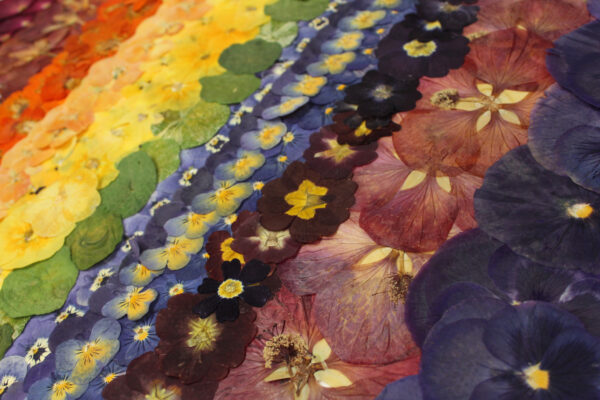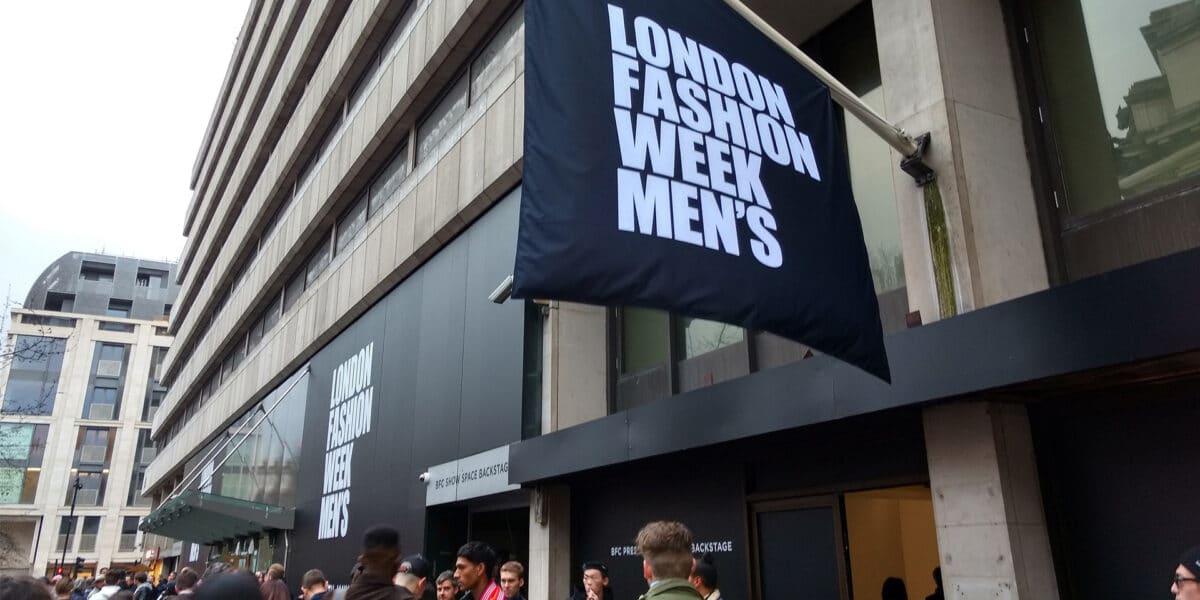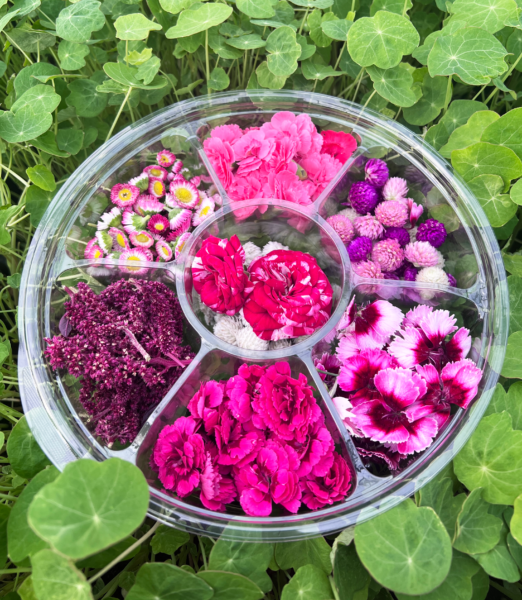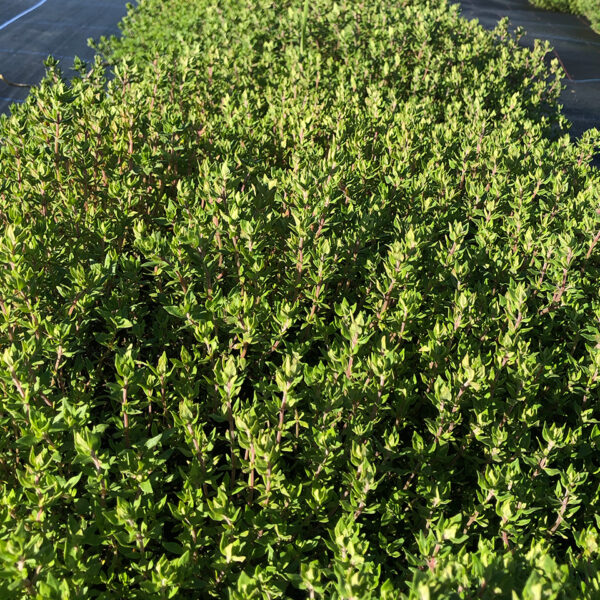 10 June 2024 | Blog
10 June 2024 | Blog
World Soil Day

The human race is dependent on soil for food, and the mixture of components depends on the way the soil is managed or neglected, which in turn impacts on how plants grow.
Here at Nurtured in Norfolk we make sure we have the knowledge of soil type, structure, management and conditions. As these are the elements in which can make the difference between good plant growth and a thriving ecosystem and a wasteland.
The klasmann-Delimann Group extracts raised bog peat in Germany, Lithuania, Latvia and Ireland. Harvesting peat with different and complementary properties in different climatic zones ensures that they can produce substrates of consistent quality throughout the year. Consistently developing its specific expertise regarding the extraction of the peat, reducing overall emissions and refining the methods of harvesting and processing.
Growing with premium raw materials
Sphagnum peat – a natural and unique material
Our soil is made of natural organic material, consisting of decomposed plant matter from sphagnum moss that has accumulated in a water-saturated environment under anaerobic and acidic conditions. This unique environment can only be found in peat bogs.
Globally, various ‘peat’ types exist. Sphagnum plants (or peat moss) consist of leaves whose structure is naturally adapted to the storage of water and air. The unique cell structure make sphagnum peat a natural ‘sponge’, and its very high porosity provides air and water storage properties that make it an ideal constituent for use in a premium growing media.
Why Peat?
Chemical Properties
- Ideal pH value
- Optimum nutrient levels
- Good nutrient buffering
- Free from harmful substances
Biological properties
- Almost free from weed
- Free from pathogens
Economical Properties
- Long-term availability
- Uniform characteristics
- Quality that meets the requirements of a wide range of plants
Physical Properties
- High structural stability
- Optimum ratio between air and water capacity
- Good wettability
Efficient quality management systems
RHP quality mark for horticultural substrates
Prior to production each unique raw material used is subject to internal and external controls conducted by specialised laboratories to make certified raw materials for substrates. They have established important technical requirement for horticultural growing media, raw materials, constituents and additives. Setting the strictest technical and qualitative standards for the growing nation.
- Ensures full process and product control by external auditors and laboratories
- Controls peat bog management
- Lays down strict guidelines for harvesting, storage, monitoring of temperatures and treatment of peat raw material
- Requires laboratory tests of all raw materials before they use
- Requires inspection of all substrates when ready to use
- All additives (fertiliser, wetting agent, constituents) need RHP approval
- Retained sample of each delivery to be stored under specific conditions
- Specific RHP developed standards and methods (e.g. water uptake characteristic, press pot stability, respiration method, potting density…)
- Chemical and physical specification of each particular recipe to be predefined (ensuring maximum homogeneity of each delivery)
Allsubstrates produced under the RHP quality mark are subject to stringent hygiene measures and tested for pest and diseases, heavy metals, radio-activity, human pathogens and nematodes. Klasmann-Deilmann are able to declare that their substrates are free from plant pathogenic disease and free from plant pathogenic nematodes as well as human pathogens. Moreover, substrates produced under the RHP scheme can be declared as almost free from weeds according to the RHP standards.
Respecting the value of nature
Sustainability
Our soil integrates economy, ecology and social action in a holistic strategy that paves the way for the future. The aim to reduce emissions at corporate and product levels and to take action to measures relating to renewable resources.
The commitment in terms of raw materials and renewable energies.
- Production of wood fibre from sustainable sources (GreenFibre)
- Composting of green residues, thus reintegrating it into the natural cycle (TerrAktiv)
- Short-rotation plantations as sources of wood chips for renewable heating systems
Commitments in terms of environmental protection
- Methods of peat extraction follow the highest environmental standards
- Following strict legal extraction and restoration requirements in each country
- Restore peat bogs once extraction has finished with the aim of creating new biotopes and reverting peat bogs back to their natural state
- Land management and raw material extraction practises
Agricultural after-use
This involves former extraction areas being turned to create soil with a ratio around one-third residual peat to two-thirds underlying minerals. The water-impermeable hardpan layer is broken up at the same time. This results in the typical sand mix in Northern Germany or deep plough cultivation.
Afforestation
Former extraction areas are prepared in the same ways as for agricultural after-use, namely by deep ploughing or inversion. These sites are then planted with a mixture of indigenous trees and woody plants. Afforestation make a major contribution towards nature conservation, especially in sparsely wooded areas.
Re-wetting
After peat production has ceased, the former extraction areas are levelled, and the drainage ditches filled in. Stepped dykes are built to create polders of 5-10 ha in size which are used to regulate the level of rainwater. The aim is to encourage colonisation by peat moss (sphagnum) and other characteristic peatland plants (such as cotton-grass), thereby re-establishing a typical bog landscape.
The basis for growing success

